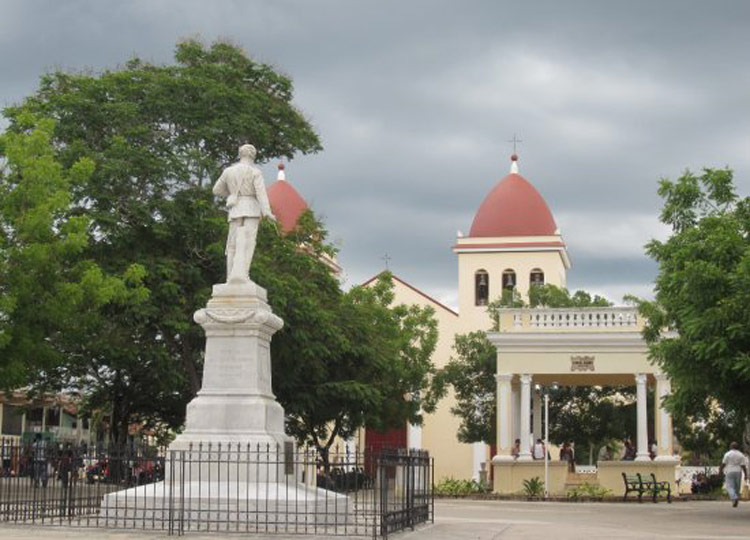New archaeological study carried out in the city of Holguín
- Written by Rosana Rivero Ricardo
- Published in Holguin
- Hits: 2042
 Julio Grave de Peralta Park (Las Flores), founding plaza of the city of Holguín. Photo: ACN
Julio Grave de Peralta Park (Las Flores), founding plaza of the city of Holguín. Photo: ACNA new archaeological study is carried out by experts from the Department of Eastern Archeology Center of the Center for Research and Environmental Services of CITMA, together with the Holguín Monument Office, in one of the perimeters of the Julio Grave de Peralta Park (Las Flores), founding plaza of this eastern Cuban city.
The excavations are carried out in the colonial house, next to the Guamá Ice Cream Shop, located in the Luz Caballero central street, between Libertad and Maceo streets, and are aimed at finding archaeological evidence, which can fill the gaps of the territory's early history, founded by the Spanish captain García Holguín, on April 4, 1545.
Hiram Pérez Concepción, president of the National Union of Historians of Cuba (UNHIC) in Holguín, explained that this type of archaeological study has been carried out for several years in the city, in areas such as Julio Grave de Peralta Park, the Cathedral of San Isidoro and the House of the Lieutenant Governor.
These researches led to the founding of aboriginal ceramics of Spanish influence dating from the seventeenth century, objects similar to those expected to be found in the new excavation site.
The results of previous studies have been published in the books "Indios en Holguín", edited by Roberto Valcárcel and Hiram Pérez and "Understand History" -in two volumes- edited by UNHIC.
The archaeological study is carried out in the context of the 300th anniversary of the town of Holguín, to be celebrated on April 4, as its cathedral was built on that date of 1720 and the first mass officiated.
